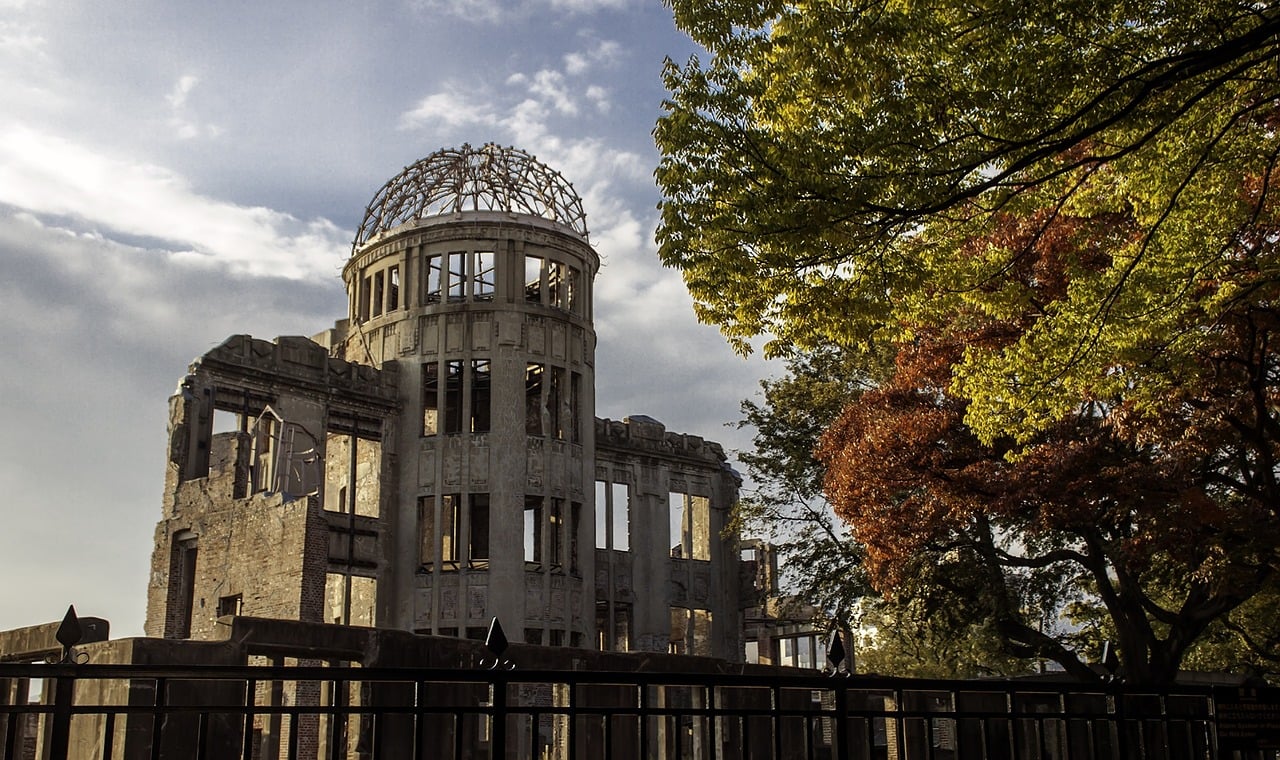On August 6, 2018, the world witnessed the 73rd anniversary of the Hiroshima bombing, a day that changed the course of history. To mark the day and in hopes of ensuring that nothing similar happens again, a group of Japanese students recreated the Hiroshima nuclear bomb attack in virtual reality (VR).
Recreating the apocalypse
The Japanese high school students have worked for over two years to come up with a five-minute virtual reality (VR) experience of the Hiroshima bombing. The VR experience recreates sights and sounds before and after the nuclear bomb was dropped on the city 73 years ago.
In VR, users see a sunny summer morning in the city with cicadas chirping. Thereafter, a single plane is seen flying, followed by a flash of light and a loud blast. The sky gets dark with smoke rising from the city.
With the help of virtual reality headsets, users can also take a look at the Motoyasu River prior to the blast and see the businesses and buildings that once surrounded the area. Wearers can also go inside the post office and the Shima Hospital courtyard, which currently houses the skeletal remains of the building.
The students who recreated the Hiroshima bombing belong to the computation skill research club at Fukuyama Technical High School. To recreate the apocalypse, the students analyzed old photographs and postcards. To get a feel of the situation back then, the students also interviewed survivors. In addition, they used computer graphics to add effects like natural wear and tear on building surfaces and lighting.
“When I was creating the buildings before the atomic bomb fell and after, I saw many photos of buildings that were gone. I really felt how scary atomic bombs can be,” one student involved in creating the project told the Associated Press.
Hiroshima bombing: what happened?
When Hiroshima was bombed on August 6, 1945, killing 140,000 people, it was the first time a nuclear weapon was used on civilians. A second U.S. atomic bomb was dropped three days later in Nagasaki, killing about 70,000 people. Six days later, Japan surrendered, ending the Second World War.
The first bomb — nicknamed “Little Boy” — was dropped by the U.S. bomber Enola Gay. The B-29 dropped the uranium gun-type bomb on Hiroshima after getting the consent of the United Kingdom, a mandatory requirement under the Quebec Agreement. Prior to the bombing, Hiroshima had 90,000 buildings, of which only 28,000 remained after. Only 20 doctors (of 200) and 150 nurses (of 1,780) were capable of working after the explosion.
Things have changed now
One of the last surviving crew members of the jets which carried the atomic bomb that created havoc in Hiroshima justified the bombings.
“After 73 years, I do not regret what we did that day. All war’s hell,” he told Radio Diaries recently. “The Japanese started the war; it was our turn to finish it.”
However, things are very different now. According to an annual Cabinet Office poll conducted by the Japanese government, 84% of Japanese feel “close” to the U.S now. Similarly, a Gallup poll found that 87% of Americans have a positive view of Japan. The annual ceremony at Silver Lake is a good example of this.
The 33rd annual Peace Lantern Floating Ceremony was hosted on Monday to honor the thousands who lost their lives in the bombings of Hiroshima and Nagasaki. During the ceremony, the pubic was invited to float paper lanterns, a practice borrowed from Japanese traditions.
Like others, UN Secretary-General Antonio Guterres also believes such atomic bomb attacks must not happen again. Guterres, who attended the 73rd Memorial Service at the Hiroshima Peace Ceremony, called for total elimination of nuclear weapons.
“What occurred in Hiroshima on 6 August 1945 cannot and must not ever happen again. The future of our children and of our children’s children depends upon it,” the UN chief said. Guterres noted the rising tension among nuclear-armed states and stressed that dialogue and diplomacy are the only way out.
“World leaders must return to dialogue and diplomacy to a common path towards the total elimination of nuclear weapons and a safer and more secure world for all,” Guterres said.





